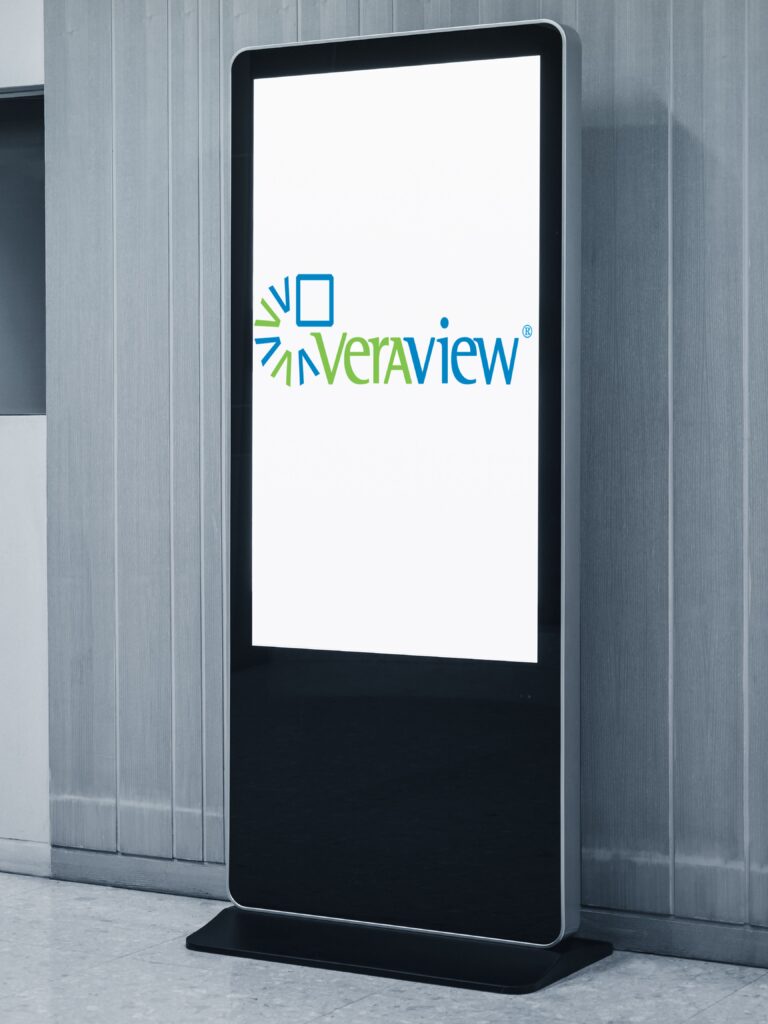Millennials (and the children of millennials) have grown up with technology. Communicating digitally is very familiar to them- in fact, it’s preferred. Today’s college and K-12 educational systems are realizing that they need to adapt to their digitally-inclined audience.

Digital Signage:
One major trend that schools are adopting is digital signage. For an audience that communicates digitally, digital signage is a necessity to grab their attention. Bright LED screens scream to be looked at. Colleges are using these signs to not only convey information such as events and news, but to generate ad revenue. Placing a relevant advertisement on a digital sign is a simple way to make a profit.
Another way colleges are utilizing digital signage is as an alert system. In the event of an emergency, every digital sign can easily display an “alert” across the screen, giving detailed information on what is occurring and what action to take (such as evacuate or seek shelter). This safety feature is extremely valuable and can help give students and parents peace of mind.
K-12 schools are also adopting digital signage. Since today’s children are simply uninterested in morning announcements and tend to tune them out, digital signage is being used to create “all day” announcements in classrooms and hallways. Students can read the announcements throughout the day on attention-grabbing LED screens. Digital signage is also being implemented in cafeterias as menu boards. They are simple to change daily and programmable for weekly lunch schedules.
IVideo Conferencing/Collaboration:
n today’s global society, it’s not uncommon for students to take online classes. Some students are even enrolled digitally in classes that take place across the world! How is this possible? AV technology and collaboration software allow students to watch lectures in real-time while asking questions in a live chat room, and even watching recorded lectures later on. This technology has given rural students access to a college education they would have otherwise never received.
Video conferencing software has made it possible for students and professors to collaborate when distance becomes an issue. For example, nursing students away on clinical rotation can easily schedule and conduct remote meetings with their professors. Students that watch lectures online can also attend office hours virtually through video conferencing.
K-12 schools are using video conferencing to share content between classrooms. Teachers from different schools have been teaming up to have their students work together over video calls, and it’s transforming the way they teach and the way students learn. The opportunity for students to work with others beyond the familiarity of their classroom has led to an increase in shared knowledge. This same technology is also used to connect homebound students with the rest of the class, including students recovering from an illness and students with anxiety/autism that find the classroom setting overwhelming.
Schools have seen great success implementing unified communication technologies such as digital signage and video conferencing to increase the flow of information to their students. In a world where a constantly increasing portion of the population is being born into the digital age, digital systems need to be implemented to reach/educate them. Rather than keeping technology out of the classroom, we encourage you to bring it in; contact Veraview today to see how these technologies can be implemented in your campus/classroom!
Written By:
Madalyn Spychalski
